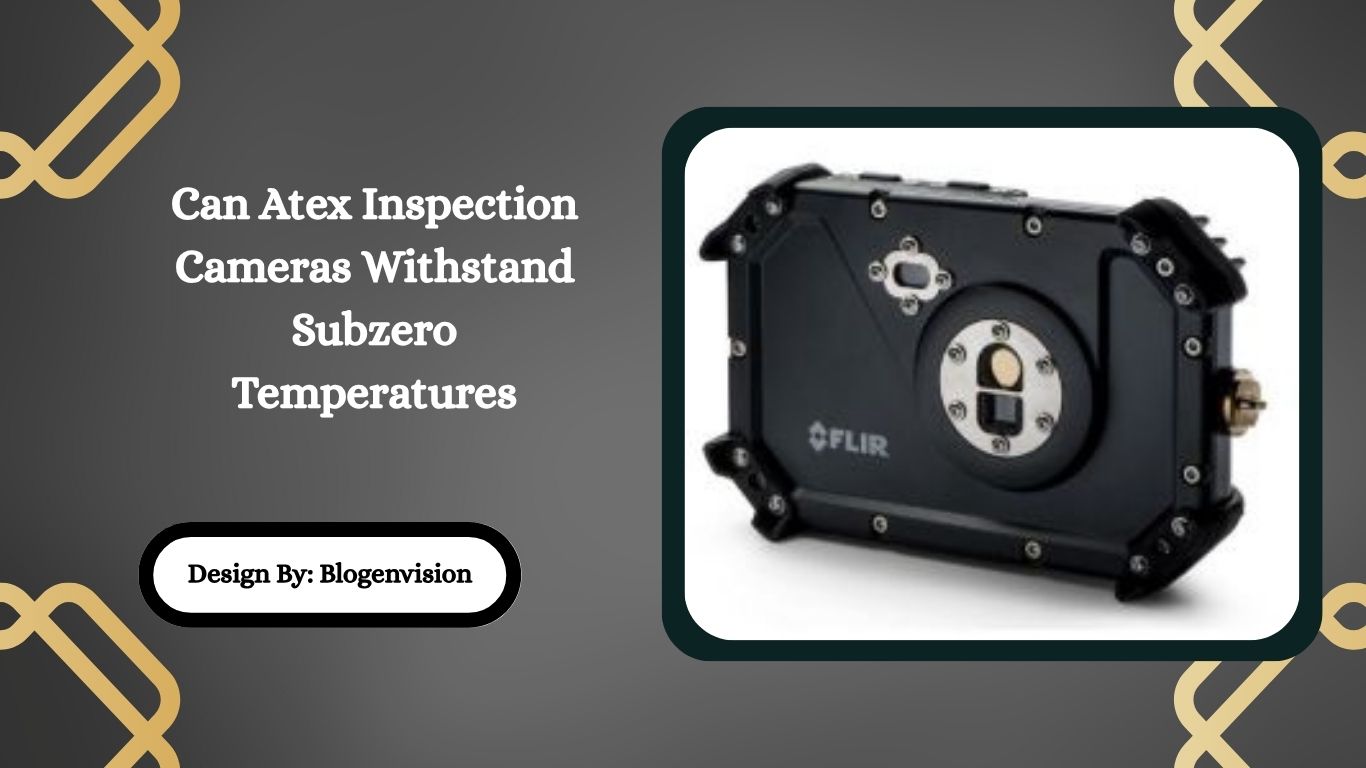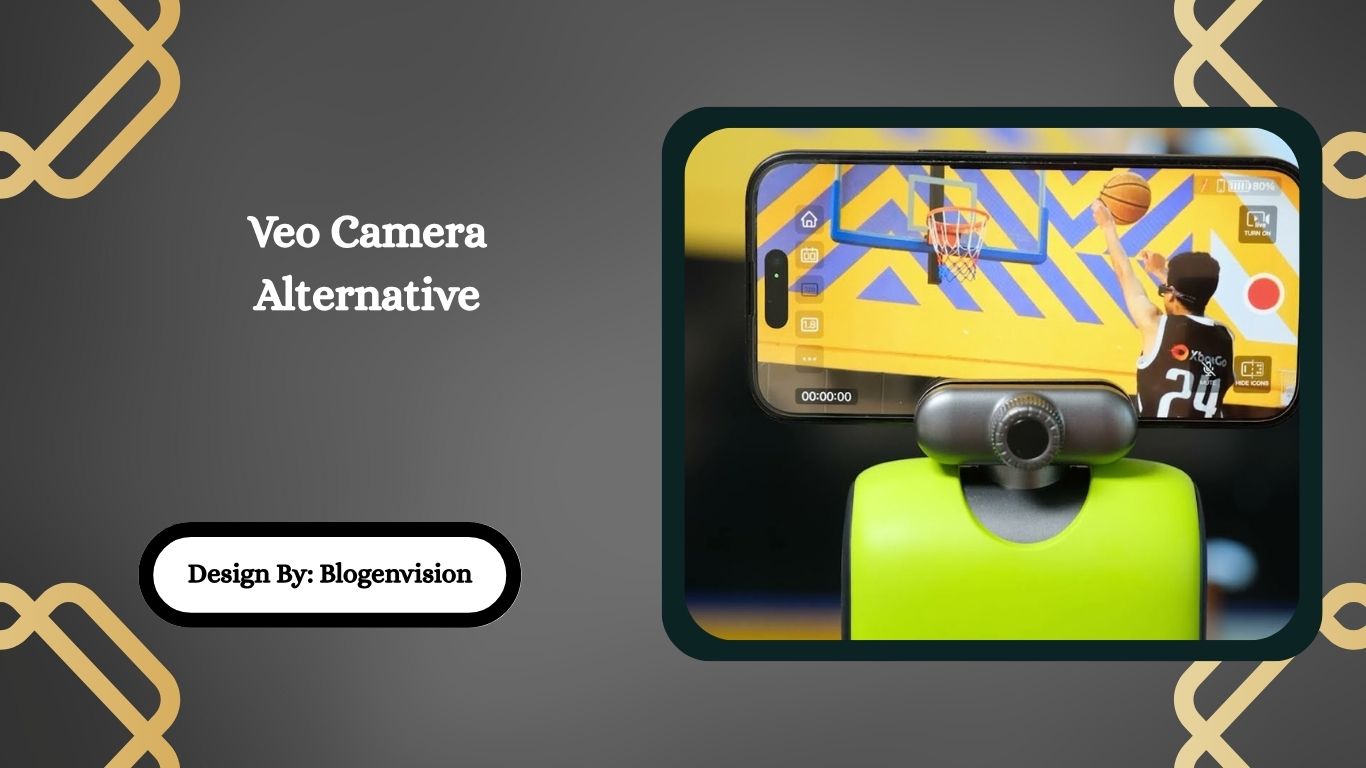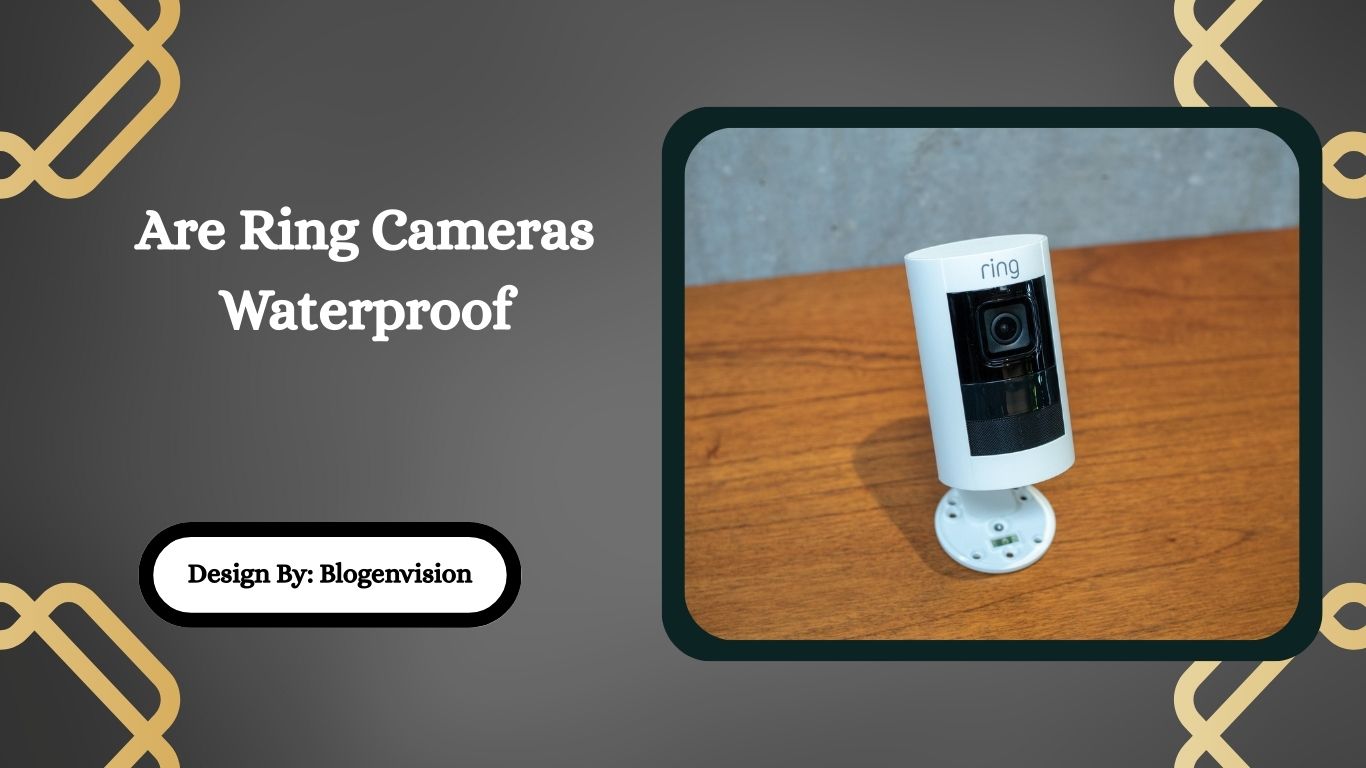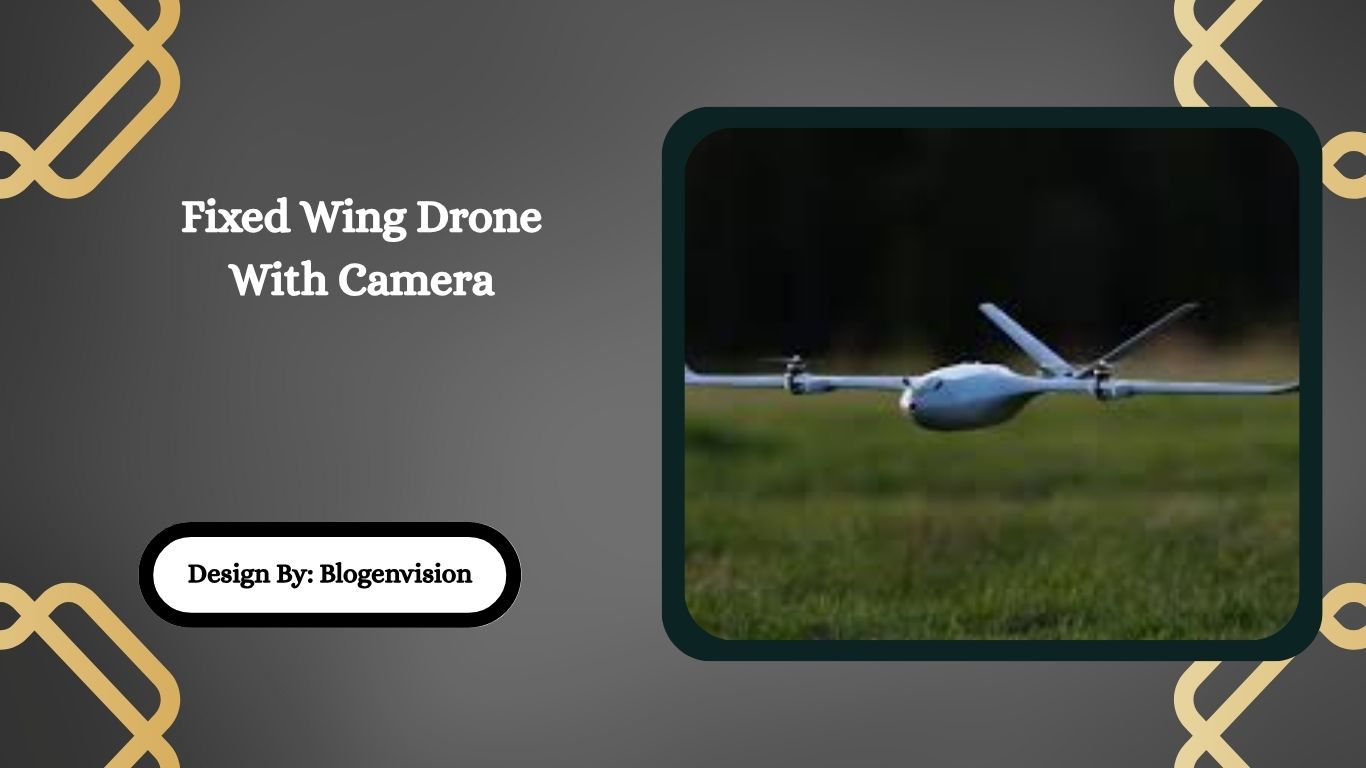Yes, ATEX inspection cameras can withstand subzero temperatures, but only if they are specifically built for cold environments, with features like proper certifications, low-temperature components, and heated or sealed enclosures.
In hazardous industrial environments, safety and performance go hand-in-hand. One question often raised by professionals working in oil refineries, chemical plants, or cold storage facilities is: Can ATEX inspection cameras withstand subzero temperatures?
The short answer is yes, but it depends on the camera’s build quality, certifications, and specific environmental rating. This article explores the critical factors behind using ATEX inspection cameras in freezing conditions and offers guidance for selecting the right model.
What Is an ATEX Inspection Camera?
ATEX stands for “ATmosphères EXplosibles,” and refers to gadget that meets the European Union’s protection requirements for probably explosive environments. These environments may contain flammable gases, vapors, dust, or combustible materials.
An ATEX inspection camera is a specialized visual inspection device that’s:
- Certified for use in Zone 0, 1, or 2 areas
- Designed to operate safely without igniting explosive atmospheres
- Often built with rugged, sealed enclosures and non-sparking materials
These cameras are vital for:
- Internal tank inspections
- Pipeline monitoring
- Visual checks in chemical storage
- Oil and gas field surveillance
Understanding Subzero Industrial Environments
Many industries operate in subzero temperatures, such as:
- Cryogenic storage
- Frozen food logistics
- Arctic and offshore drilling
- High-altitude mining operations
In these settings, temperatures can drop below –20°C (–4°F), and in extreme cases, even –40°C (–40°F) or lower. Not all equipment is rated for these extremes.
This brings us to the question: Can ATEX cameras still work reliably in such temperatures?
Can ATEX Inspection Cameras Withstand Subzero Temperatures?
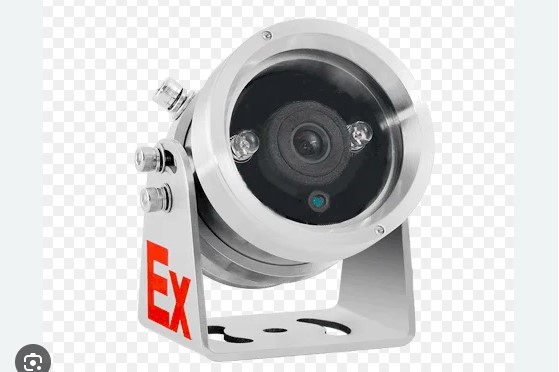
Yes, but Not All Models Are Built for It
While most standard ATEX inspection cameras are designed for general hazardous zones, only some are engineered to withstand harsh subzero environments. The determining factor lies in the Ingress Protection (IP) rating, operating temperature range, and materials used.
Key Factors That Matter:
1. Operating Temperature Range
Every camera has a minimum and maximum operating temperature. Cameras designed for subzero use often specify ranges like:
- –20°C to +60°C
- –40°C to +70°C
Before purchase, always check the manufacturer’s datasheet.
2. Battery Type
Standard lithium-ion batteries degrade in cold. High-end ATEX cameras use low-temperature lithium cells or external power sources to ensure reliable function.
3. Enclosure Materials
The body of the camera should be made from:
- Aluminum or stainless steel
- Impact-resistant polymers
- Sealed against moisture or ice ingress
Look for IP67 or IP68 rating for moisture resistance.
4. Heated Optics or Self-Warming Design
Some ATEX inspection cameras include heating elements to prevent frost or lens fogging, allowing clear visuals in freezing temperatures.
Benefits of Using Subzero-Rated ATEX Inspection Cameras
Using an ATEX inspection camera rated for subzero temperatures brings several benefits:
Safe Monitoring in Hazardous Cold Zones
These cameras are explosion-proof and cold-resistant, so workers don’t need to physically enter dangerous or frozen environments.
Increased Productivity
Remote inspections reduce downtime. Teams can identify issues without waiting for warmer conditions or manually defrosting systems.
Lower Maintenance
Subzero-rated cameras are durable, require less frequent servicing, and are built to last in harsh conditions.
Recommended Features to Look For:
| Feature | Why It Matters |
| Operating Range –40°C or lower | Ensures functionality in extreme cold |
| ATEX Zone 0/1 Certification | Suitable for highest-risk areas |
| IP67/IP68 Rating | Waterproof and dustproof |
| Heated Lens or Anti-Fog Glass | Prevents visibility issues due to ice/fog |
| Remote Viewing Capability | Enables real-time inspections from a safe location |
| Durable, Non-Sparking Body | Enhances safety and durability |
Industries That Require These Cameras
Subzero-rated ATEX cameras are commonly used in:
- Oil & Gas Fields (Arctic zones)
- Cold Chain Logistics
- Chemical Storage Facilities
- Freezing Plants
- Cryogenic Labs
- Military or Aerospace Maintenance
How to Choose the Right ATEX Camera for Cold Environments?
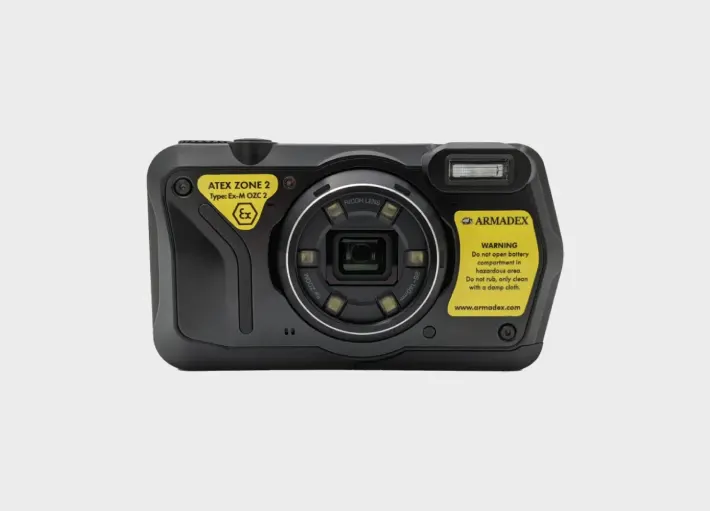
Step 1: Define Your Use Case
Are you inspecting pipelines, tanks, or confined spaces in freezing conditions? Narrow your needs to choose between:
- Pan-tilt cameras
- Probe-style cameras
- Wearable or handheld models
Step 2: Check Certifications
Ensure it is certified for:
- ATEX Zone 0 or 1
- IECEx (if outside Europe)
Step 3: Verify Operating Specs
Look for operating temperatures as low as –40°C, IP67/68, and shock resistance.
Step 4: Review Camera Resolution
Cold environments often have low visibility. Choose models with HD resolution, LED lighting, and zoom capabilities.
Common Mistakes to Avoid:
- Assuming all ATEX cameras are cold-proof
- Using consumer-grade equipment in hazardous zones
- Overlooking battery limitations in freezing temperatures
- Ignoring lens fog or ice buildup
FAQs:
1. Can all ATEX cameras function below freezing?
No, not all ATEX cameras are rated for subzero use. Only models with specific low-temperature certifications and components can operate safely and reliably in freezing or arctic conditions.
2. What is the ideal temperature rating for cold environments?
For subzero applications, choose an ATEX camera with an operating temperature range down to at least –20°C, and ideally –40°C, especially for industries like oil, gas, or cryogenics.
3. Do ATEX cameras have built-in heating systems?
Some ATEX inspection cameras feature built-in heating elements or heated optics to prevent fog and ice, ensuring clear visuals even in cold storage or arctic industrial conditions.
4. How do cold temperatures affect camera batteries?
In freezing conditions, standard lithium batteries may fail. Choose ATEX cameras with cold-rated battery packs or external power options for continuous operation in subzero environments.
5. Are IP ratings important for cold weather ATEX cameras?
Yes, a high IP rating (like IP67 or IP68) is crucial. It ensures the camera is sealed against moisture, ice, and dust, which are common challenges in subzero settings.
Conclusion:
ATEX inspection cameras can perform reliably in subzero temperatures but only if they are built for extreme environments. Cold-rated ATEX models include specialized features like anti-freeze protection, rugged materials, and cold-compatible power systems. Always verify the camera’s operating range, IP rating, and safety certifications before use. Investing in the right equipment ensures smooth inspections, enhances worker safety, and prevents costly downtime. Whether it’s arctic drilling or cold storage, the right ATEX camera makes all the difference in harsh environments.
